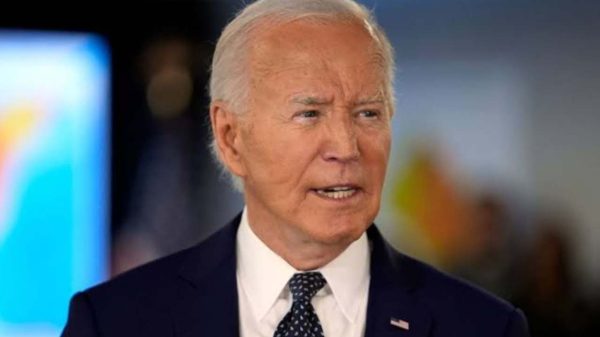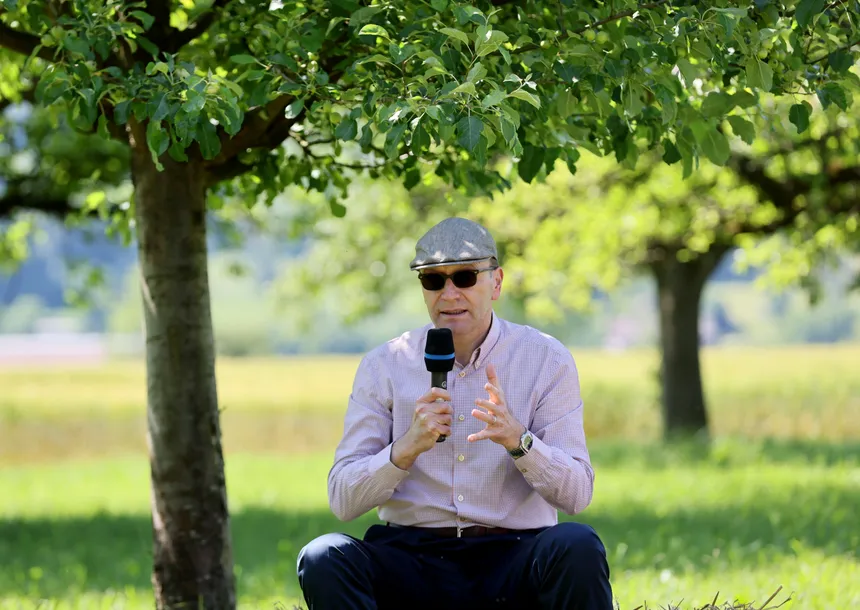Nestle’s CEO Mark Schneider announced that the company will continue to raise prices of its food products this year to keep up with increasing production costs, although the increases will not be as drastic as those seen in 2022. According to Schneider, the company has some catching up to do over the full year to fully offset the higher costs. In the first nine months of 2022, Nestle reported organic sales growth of 8.5 percent, with 7.5 percentage points attributed to price rises.
The move comes as Nestle seeks to adapt to the ongoing inflationary environment, which has seen prices of food and energy skyrocket to multi-decade highs in many developed economies. As the world’s largest food group, Nestle is well-positioned to feel the impact of these rising costs, which are driven in part by the spiraling prices of commodities such as wheat, soybeans, and palm oil.
The company’s decision to continue raising prices is a response to its struggle to fully pass on the increased production costs to consumers. While Nestle managed to implement significant price increases in 2022, it will need to make further adjustments to stay ahead of the rising costs. The pace of these increases is unlikely to be as steep as those seen last year, however, as Nestle attempts to strike a balance between maintaining profitability and avoiding alienating its customers.
The issue of inflation is a pressing concern for many companies, including Nestle, which is highly dependent on commodity prices. The food industry is particularly vulnerable to fluctuations in commodity prices, as it relies heavily on wheat, soybeans, and other grains to produce its products. As a result, Nestle and its competitors have had to implement significant price increases in recent years to keep up with the rising costs.

Nestle’s CEO Mark Schneider (Via Mark Schneider/Twitter)
The current inflationary environment has been exacerbated by global events, including the Russia-Ukraine conflict and subsequent grain shortages, as well as the ongoing pandemic and its impact on global supply chains. The resulting price increases have had a disproportionate impact on low- and middle-income households, which are more likely to spend a larger proportion of their income on food and other essentials.
For Nestle, the ongoing inflationary environment presents both a challenge and an opportunity. While the company must navigate the complex and volatile global commodity market, it also has the potential to increase its prices and maintain its profit margins. The key will be to strike a balance between keeping its products affordable for consumers while also ensuring the long-term sustainability of its business operations. Only time will tell whether Nestle and its competitors will be successful in achieving this delicate balance.



































